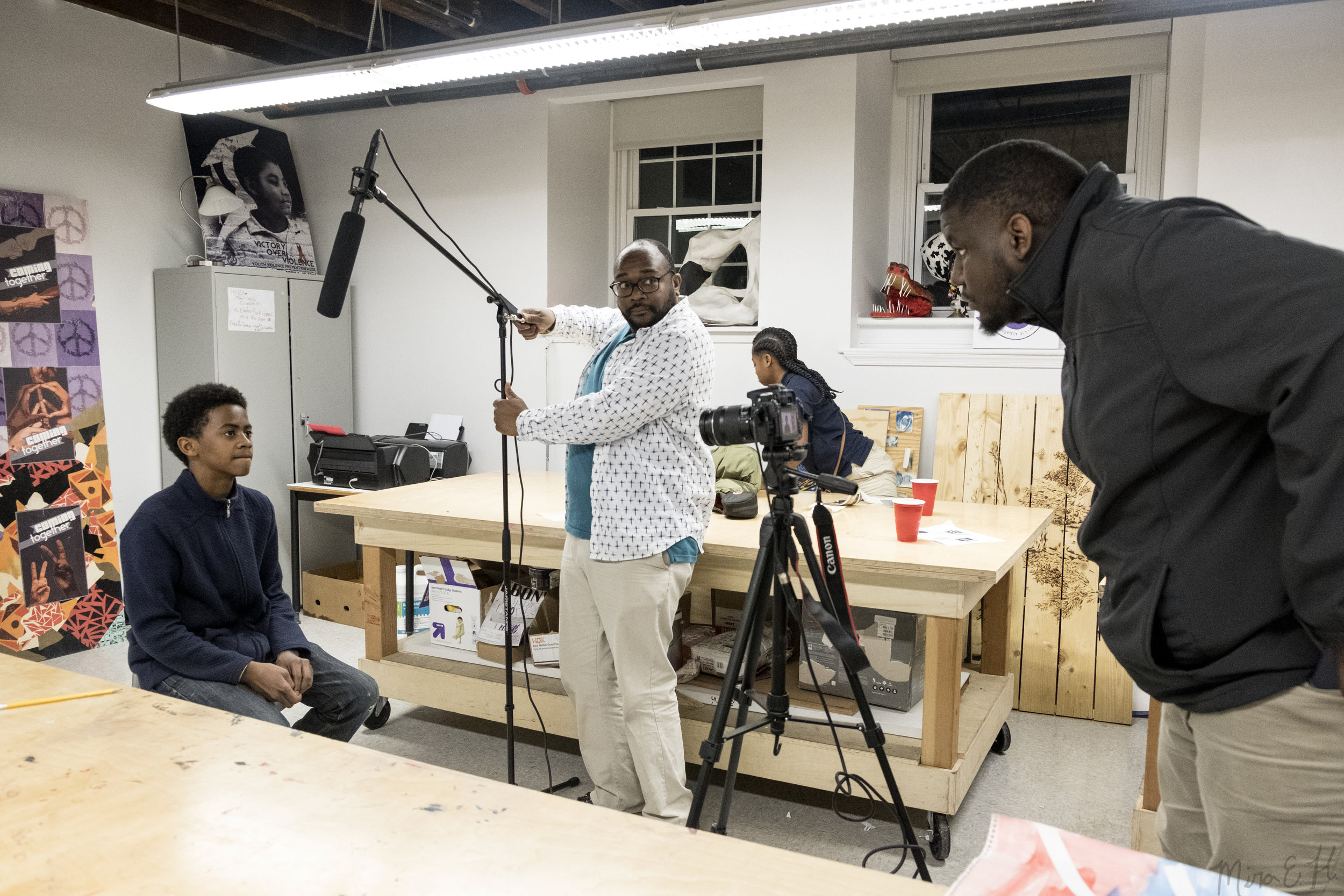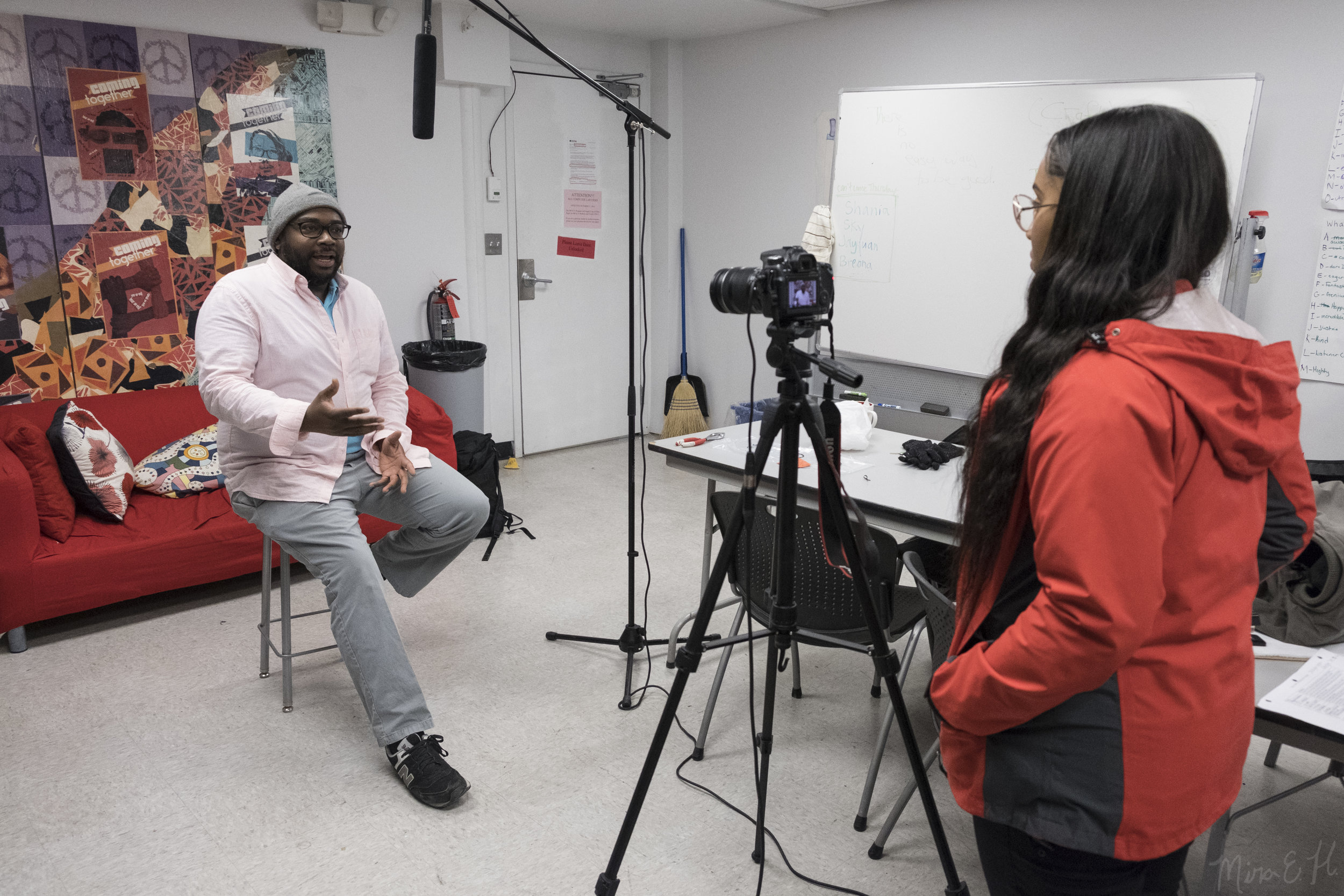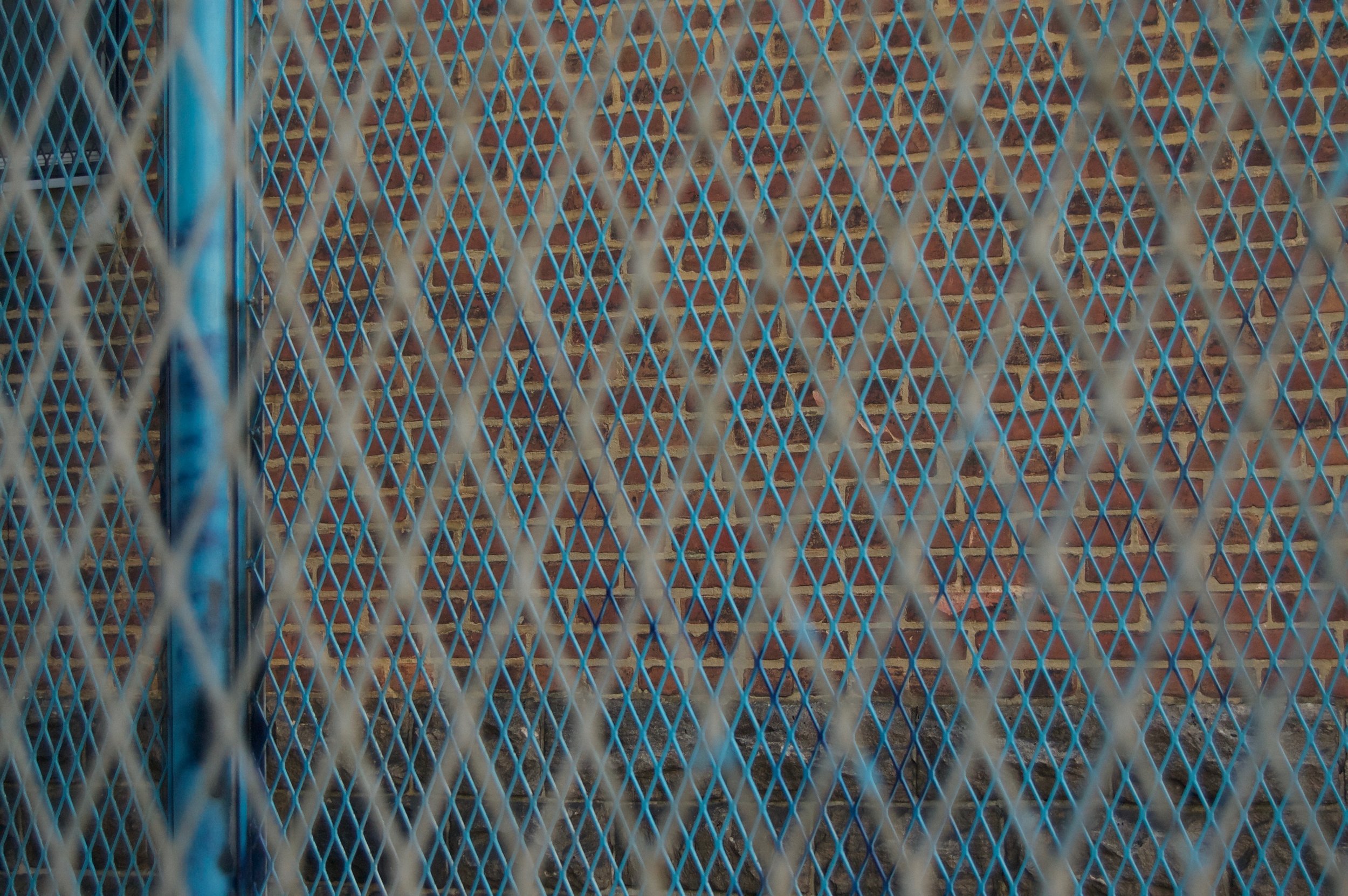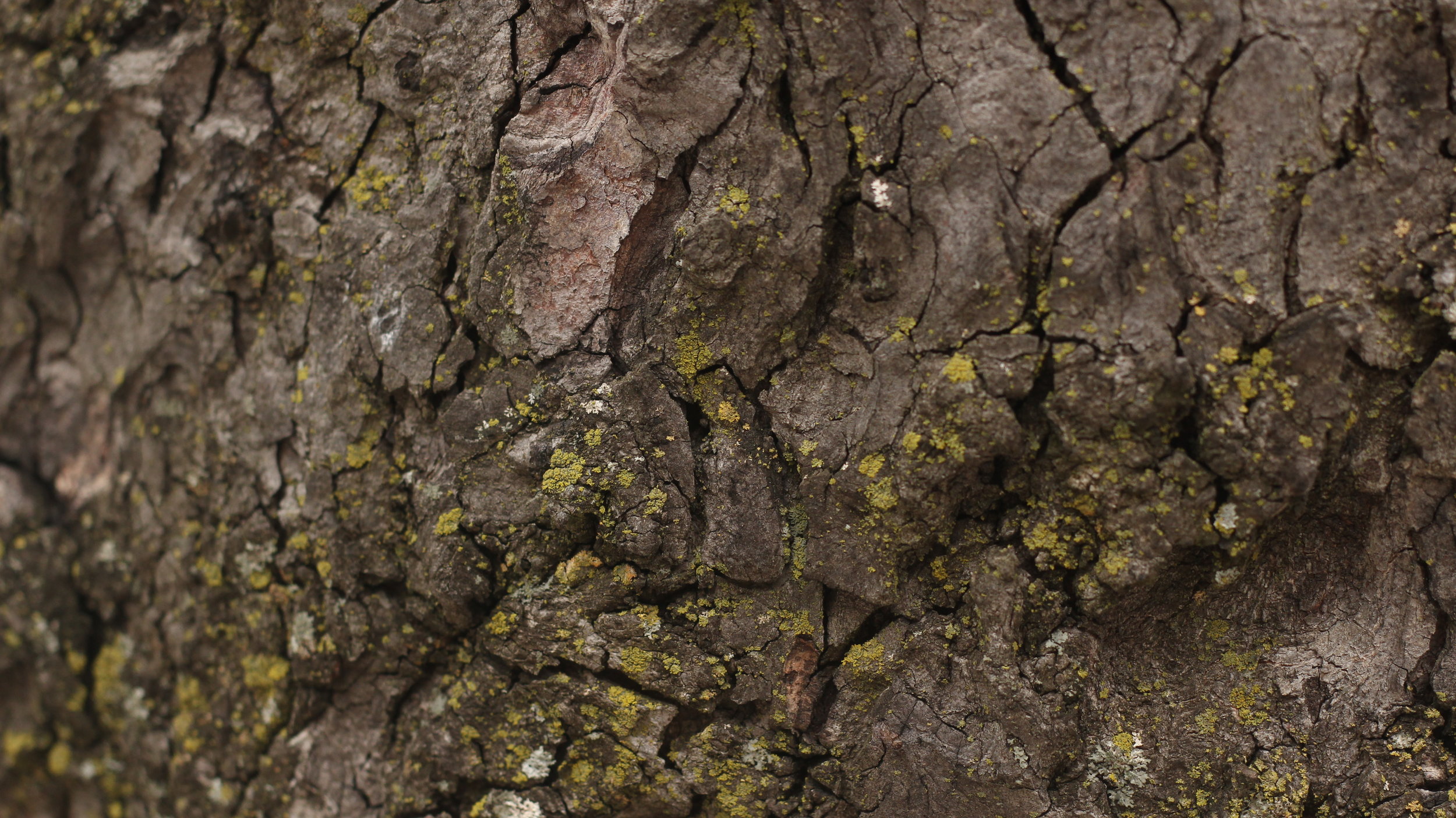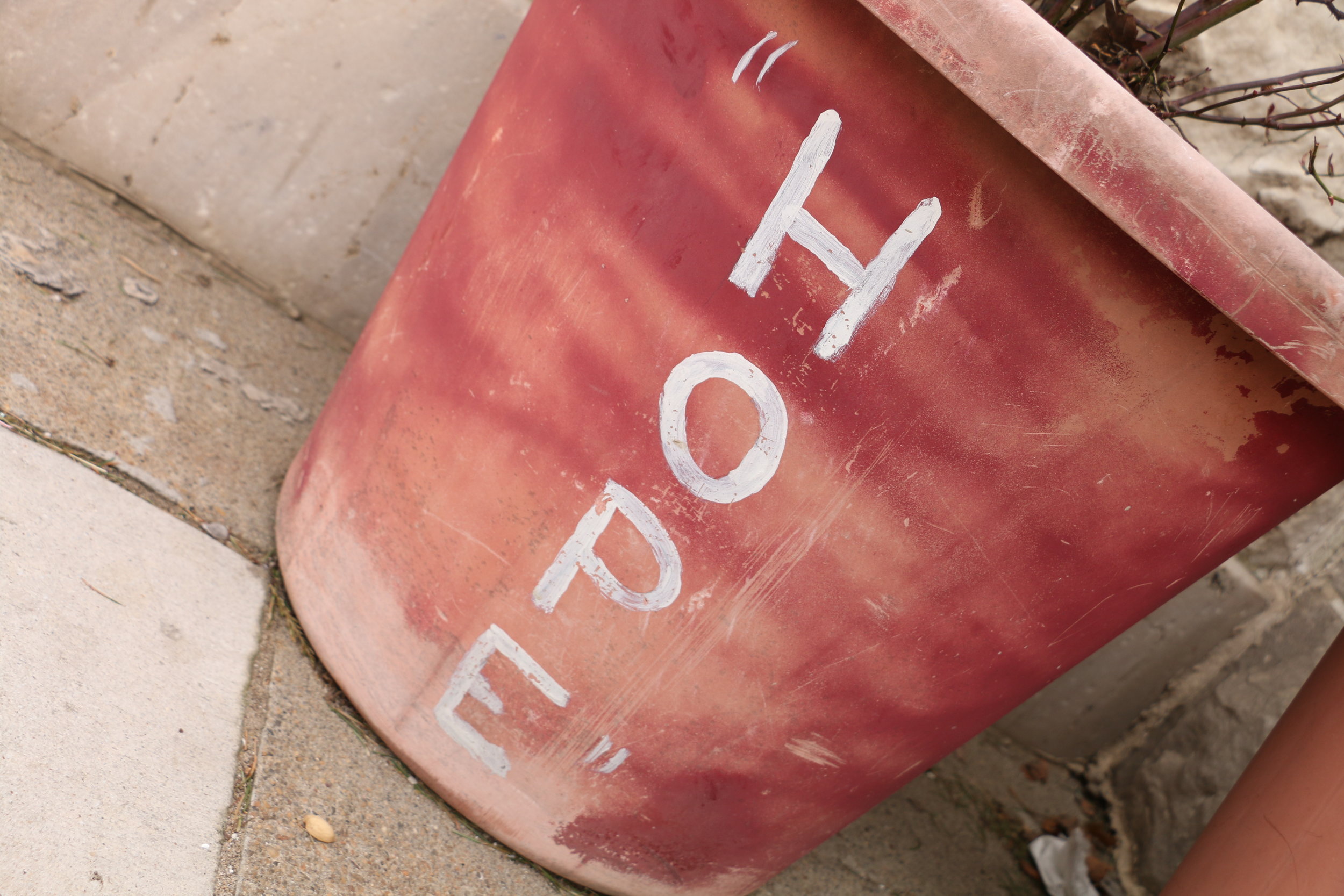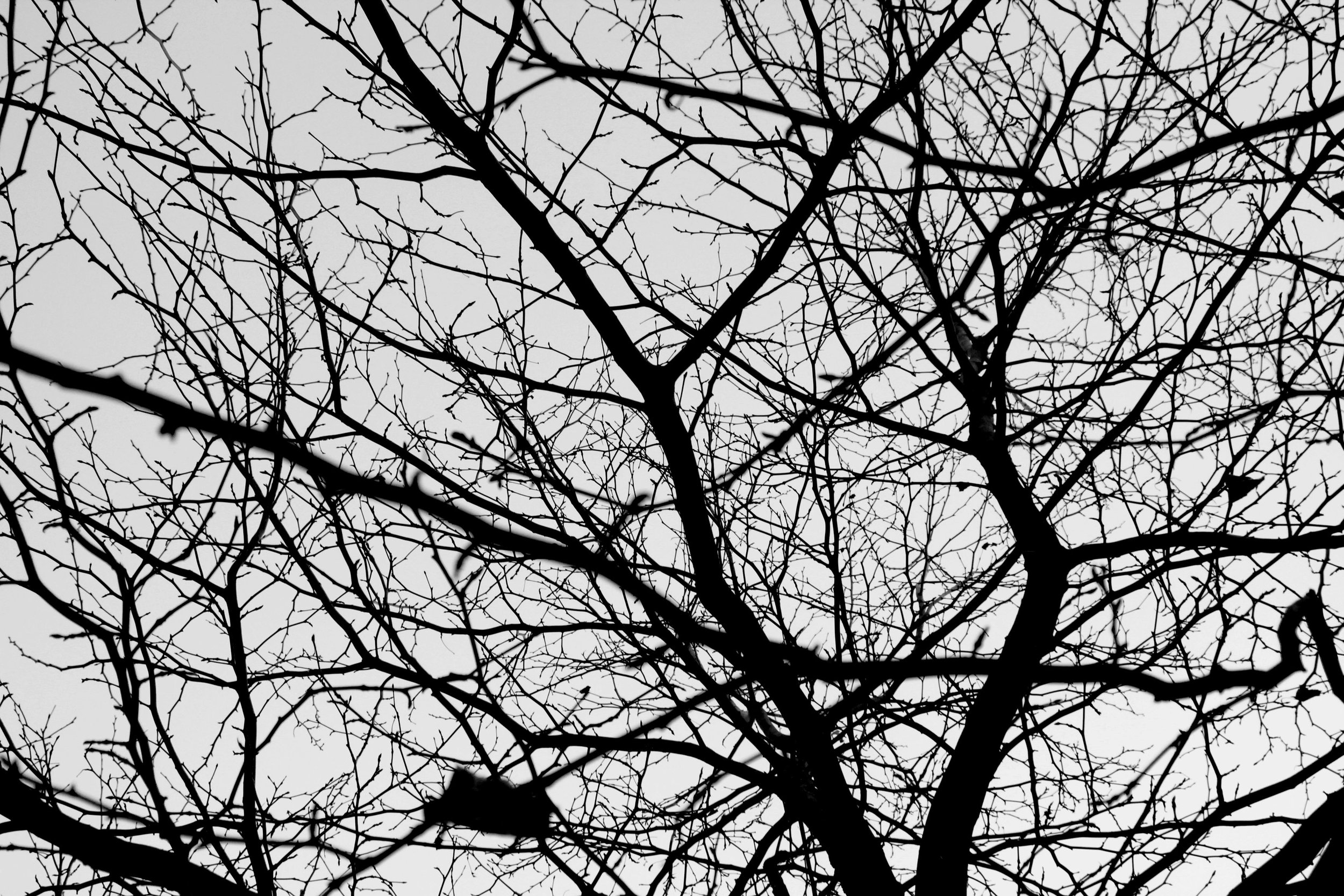We want to give you a quick update on where Eastside Stories III is at. The Senior Viewfinders have been steadily working away on the project. We started this year by doing interviews with one another about home. Sr. Viewfinders interviewed Viewfinders staff, along with each other. Some of these interviews will probably make it into the publication, but the other purpose of these interviews was to get practice doing interviews. They were able to practice doing critical listening and asking follow up questions that responded directly what they interviewee was telling them. This type of improvisation is crucial in getting in-depth interviews that involve the types of stories that we hope will be featured in Eastside Stories III.
The other aspect of this activity was coming up with a master list of questions. Through brainstorming and the questions that emerged during the interviews, we created a huge list of all types of questions about home. We also did some subdividing of the list, so that we had specific questions for people and groups we knew we'd be interviewing like lifelong residents and newcomers. We also pulled some quotes from the audio and video recordings of the interviews that can be used in the publication. Hopefully, some of these interviews will also be released digitally as we build up some hype for the release of Eastside Stories III in the coming months.
